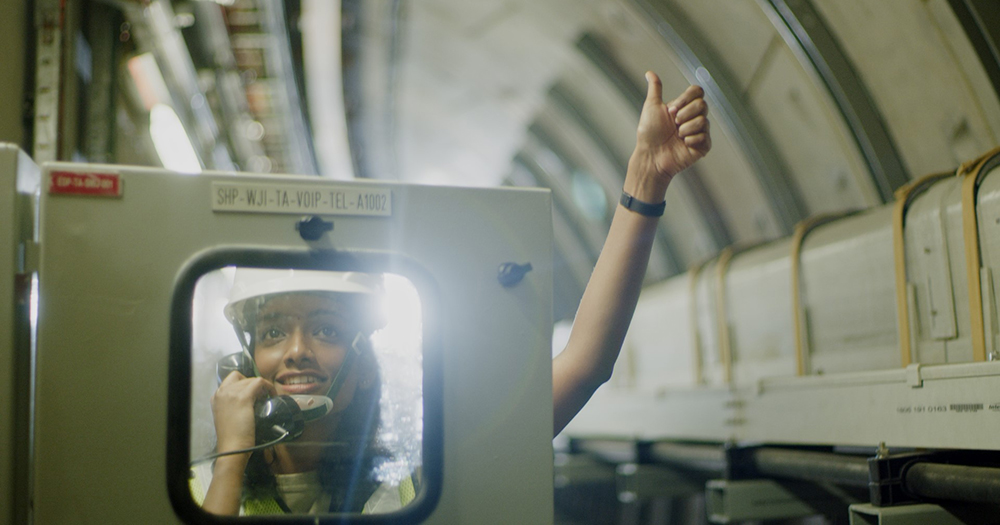Utilities company SP Group recently share the experience of one of its engineers in building Singapore's first electricity cable tunnel 20 storeys below ground.
In a Facebook post put up on May 25, 28-year-old Iniya Deivasigamani was quoted as saying that she had not seen the light of day for about two years.
Must walk about five kilometres to carry out inspections during construction
In describing some of the more physically demanding aspects of the job, the post highlighted that Deivasigamani had to walk at least five kilometres during the tunnel construction phase to carry out inspections.
One part of the tunnel, stretching from Paya Lebar to Boon Keng, is about 5.5km long and takes over an hour to traverse by foot.
And so Deivasigamani said that when she did her inspections during the tunnel construction phase, it was important to have a "bio break" (slang for toilet break) beforehand.
Engineers must also work in pairs given that there is no WiFi and phone signal underground.
They are each required to carry a safety tracker and communicate with the command centre via this telephone when underground:
 SP Group/Facebook.
SP Group/Facebook.
SP added that a vehicle traverses the tunnels to detect anomalies, making inspections more efficient.
Underground tunnels contain 1,200km of extra-high voltage cables
The underground tunnels are known as transmission cable tunnels, and contain 1,200km of extra-high voltage transmission cables, which form the backbone of Singapore's power supply.
There are two cable tunnels situated 60 metres underground — the 16.5km East-West Tunnel and the 18.5km North-South Tunnel. The tunnels allow engineers to install, maintain, and replace transmission cables easily.
Construction of the tunnels was completed in 2018, and is expected to last for around 120 years, as part of a long-term plan to ensure network reliability for the country.
Deivasigamani highlighted that this project was a milestone for her as it was her first post-graduation job:
"I’m now ready for my next challenge – the construction of Southeast Asia’s first large-scale underground substation!"
Top image via SP Group Facebook
If you like what you read, follow us on Facebook, Instagram, Twitter and Telegram to get the latest updates.
